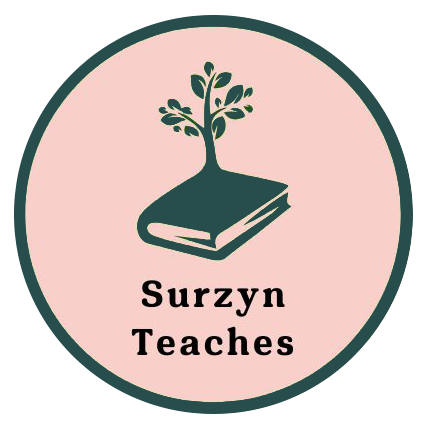I appreciate and take pride in subtle details, both in life and in teaching. The expression, “it’s all in the details” can be applied to more than just fashion, good food, and hospitality experiences. For example, the subtle steps in a lesson that lead students to a new understanding or that perfectly timed question from a student that anticipates what you were going to explain next.
I’ve noticed that with growing experience as a teacher I have more room for subtle details to help improve my students’ learning and make the whole teaching/learning experience more enjoyable. Some subtle details that are making a world of difference right now are:
- This incredible cellphone holder with numbered class lists beside it, so students always put their phone in their numbered holder, is like Christmas for me. I can’t even begin to explain how game changing it is to not compete with a vibrating cellphone in the hands of a teenager. (It also doubles as a note holder from parents who came to Open House).
2. I recently read a blog post titled “Delaying the Grade: How to Get Students to Read Feedback” and it led to a huge Aha! moment for me. I grade almost all written work online by giving suggestions in Google docs and writing a lot of comments specific to the selected writing. However, most of the work I put into this grading and comments is in vain because often students just look at the grade and they’re done. This year I’m working on giving students their rubrics back (preferably without a grade) to first review the skills they were graded on, read all the comments and complete this awesome reflection document that a colleague had created for her students. Then, when the grade is delivered there is less of an emotional reaction to the number.

Follow link for full document



